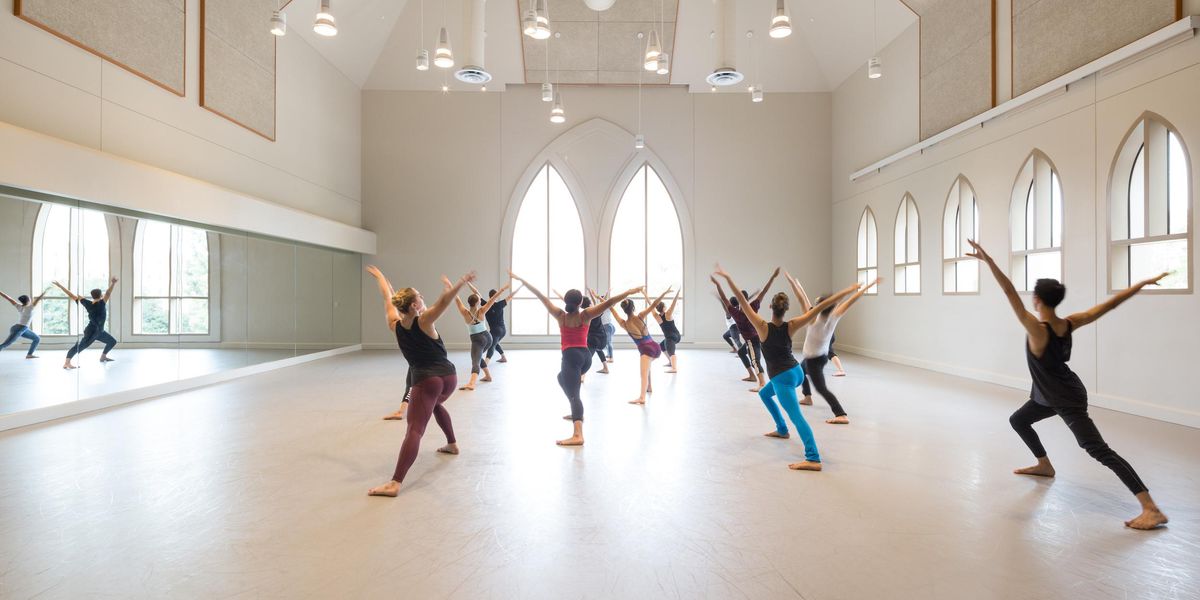The Divine Diana
No matter how many twists and turnabouts Alexei Ratmansky sends her way, Diana Vishneva makes them flow. This is her gift. She’s a warm, charismatic dancer with the texture of plush velvet. And Cinderella is Ratmansky’s gift to her.
The Mariinsky Ballet, now resident at Brooklyn Academy of Music, is only giving three performances of Cinderella; the last is tomorrow and has a different cast.
In Saturday’s performance, which was the American debut of this three-act 2002 ballet, Ratmansky used Vishneva’s dramatic range beautifully. I was in rapture over her dancing, and its range gave me a chance to contemplate her artistry.
We first see her cowering in a dark corner. This ballerina can fill up the stage with a single gesture, but she also knows how to cede center stage to others. And Yekaterina Kondaurova certainly took command with her spiky, me-first Stepmother.
Vishneva’s sense of wonder at finding herself in the palace was a little oasis that gave meaning to her rags-to-riches rise. It wasn’t about how beautiful she looked to others, but how she was discovering the new environment. Her special quality of tenderness, seen in the tilt of the head or a rolling of the hands, lasts the whole ballet, not just at those touching moments. Just look at this YouTube of her dancing that section with Andrei Merkuriev.
One of the most delicious scenes is when Cinderella performs a tiny bit of shy dancing at the ball and the party-goers step forward to applaud her with elaborate politeness. It’s typical of Ratmansky’s humor, but it also shows the vulnerability of this Cinderella: She’s a girl who loves to dance but was never encouraged to show it.
I think Vishneva embodies Ratmansky’s vision of what romantic ballet is. It’s not big triumphant positions, lifts on high, and swooning dips. It’s a back and forth kind of thing, a simultaneous going and coming that requires trust. (You can see this churning kind of partnership in his Nutcracker too.) In the last act of Cinderella, the prince propels her leaps toward stage right but then she curves her left arm in front of her and now they are heading stage left. This boomerang effect adds dimension to the pas de deux.
I wouldn’t say that every bit of the choreography delighted me. As in Ratmansky’s Romeo and Juliet for National Ballet of Canada, there were revelatory parts, and other parts that were over-choreographed, for instance the ballroom scene.
But I did feel that every moment of Vishneva’s scenes were deeply responsive to Prokofiev’s sorrow-edged score. The illusion was that she was dancing steps she had made up herself. Vishneva fully realized Ratmansky’s vision of a gentle, neglected girl who finds herself through meeting her life partner—but not just because he’s a handsome prince who can lift her out of poverty, but because he’s a man she can dance with. She’s has found not only love but freedom too.




